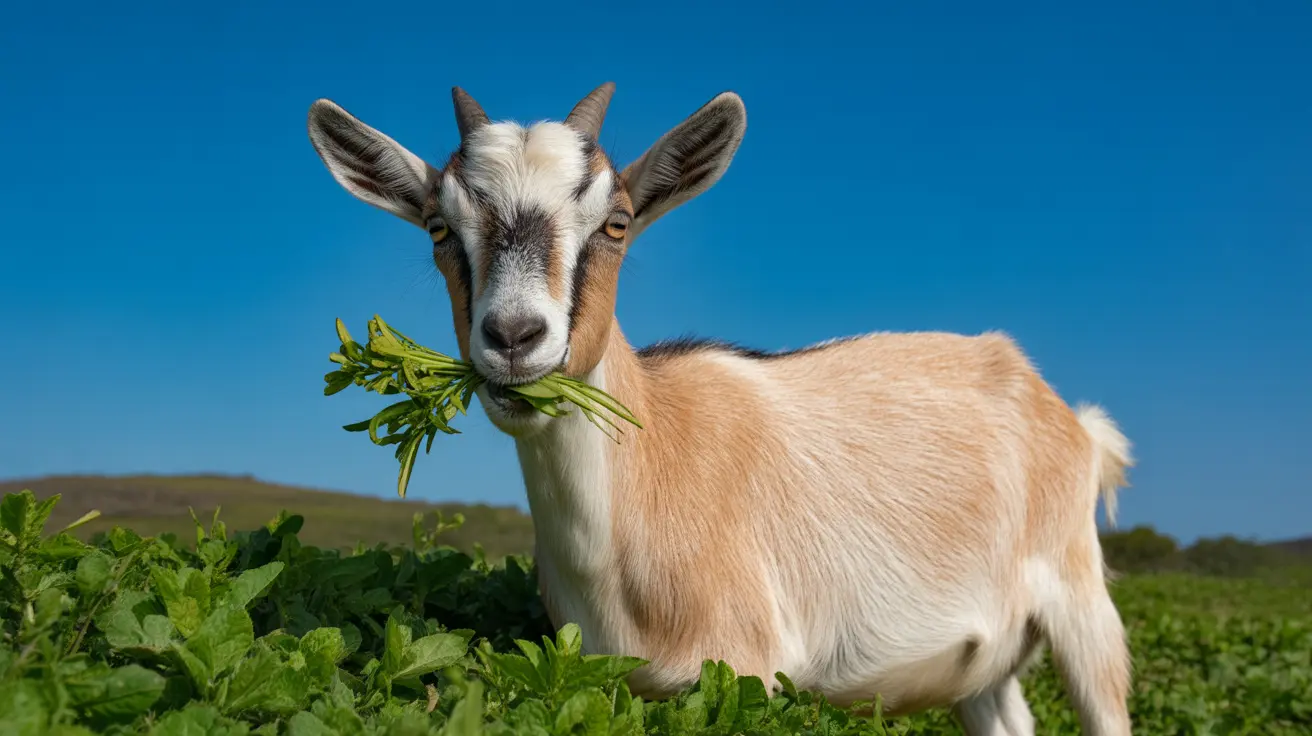Why Chocolate Brown Cats Are So Rare
When you spot a chocolate brown cat, you’re seeing something special. These felines stand out not just for their rich, velvety coats but also for how uncommon they are. So, why don’t we see more of them lounging in sunny windows or curled up on couches?
The Genetics Behind Chocolate Fur
The secret to a cat’s fur color lies deep in its DNA. Most cats owe their coloring to a combination of dominant and recessive genes. The gene that creates chocolate brown fur is recessive, meaning both parents must carry (and pass on) this specific gene for their kittens to display the color.
- If only one parent carries the gene, the kittens won’t be chocolate brown—they’ll carry the gene but show another color.
- Even when both parents have the gene, there’s still a chance some kittens in the litter will be other colors due to genetic mixing.
This genetic lottery explains why chocolate brown cats are so rare compared to other colors like black or tabby.
Origins and Breeds
You’re most likely to find chocolate brown coats in certain breeds. The Havana Brown is perhaps the best-known example—a breed developed specifically for its unique coloring. Other breeds, like Burmese and Oriental Shorthair, can also display this hue but it’s far from common even within these groups.
- Havana Browns: Bred primarily for their rich, warm brown coats and green eyes.
- Burmese: Sometimes produce chocolate variants but more often show sable or champagne colors.
- Oriental Shorthairs: Can come in many colors, including chocolate, though it’s still rare.
Outside these breeds, finding a true chocolate brown domestic shorthair or longhair is almost unheard of unless there’s some breed ancestry involved.
Why Aren’t There More Chocolate Cats?
The answer comes down to numbers and breeding choices. Since the gene is recessive and relatively uncommon in most cat populations, breeders have to work carefully over generations to encourage its appearance. In random-bred populations (like strays or mixed-breed housecats), it’s unlikely that two cats carrying this rare gene will mate and produce chocolate offspring.
- Most cats don’t carry the chocolate gene at all; black is dominant and much more widespread.
- Even among breeds where it’s possible, breeders often select for other traits—like coat pattern or eye color—so pure chocolate coats remain scarce.
Mistaken Identity: Chocolate vs. Other Browns
Sometimes people mistake other shades of brown or even deep reds for true chocolate. A genuine chocolate cat has a warm, milk-chocolate tone with no hint of gray or black. Sunlight can play tricks on our eyes—what looks like brown might just be a faded black coat or a red tabby with an unusual hue.
- A true chocolate coat remains consistently brown from root to tip.
- No underlying stripes or patterns should break up the solid color (unless it’s a patterned breed).
The Appeal of Rarity
Because they’re so hard to find, chocolate brown cats have become highly prized among enthusiasts and breeders alike. Their rarity adds to their mystique—and when combined with striking green eyes (as seen in Havana Browns), they make quite an impression.
Caring for Your Chocolate Cat
If you’re lucky enough to share your home with one of these beauties, caring for them doesn’t differ much from any other cat. However, some owners report that sun exposure can lighten their coat over time—so if you want that rich color to last, keep sunbathing sessions moderate!
- Regular grooming helps maintain shine and health in their unique fur.





